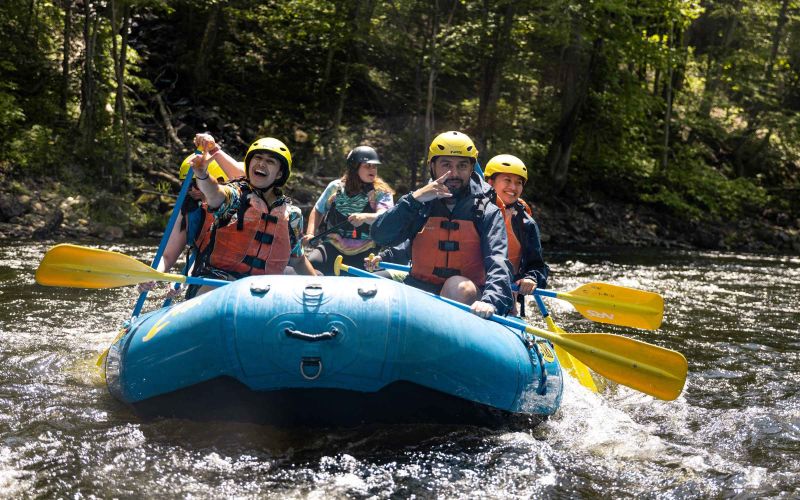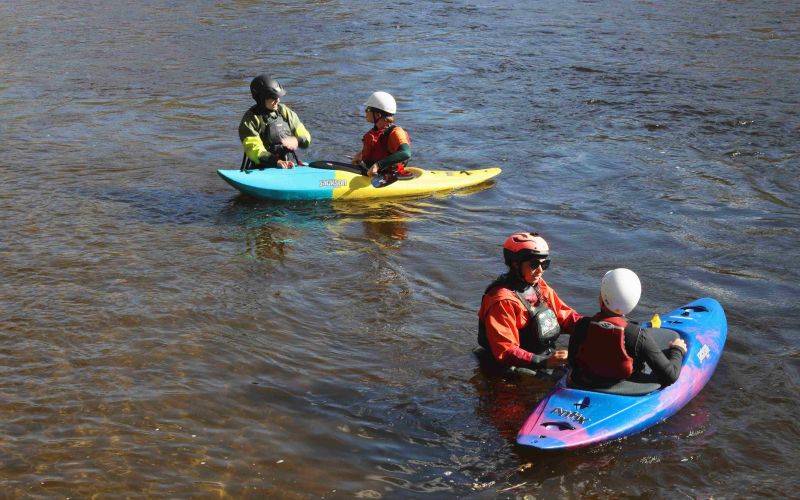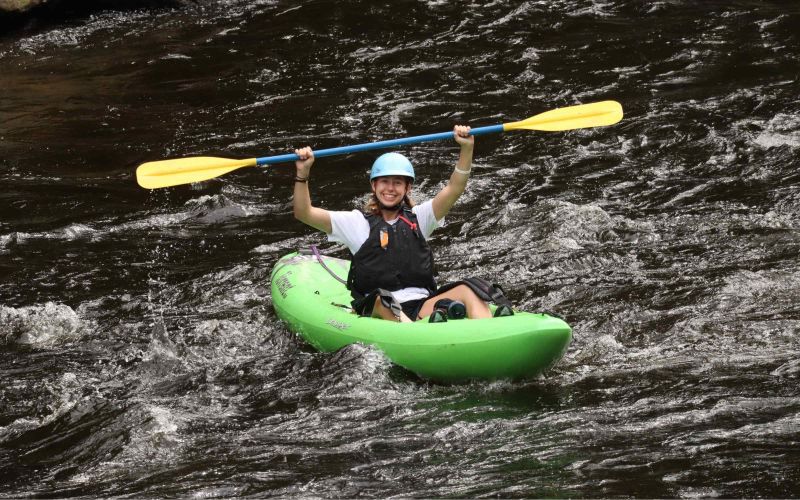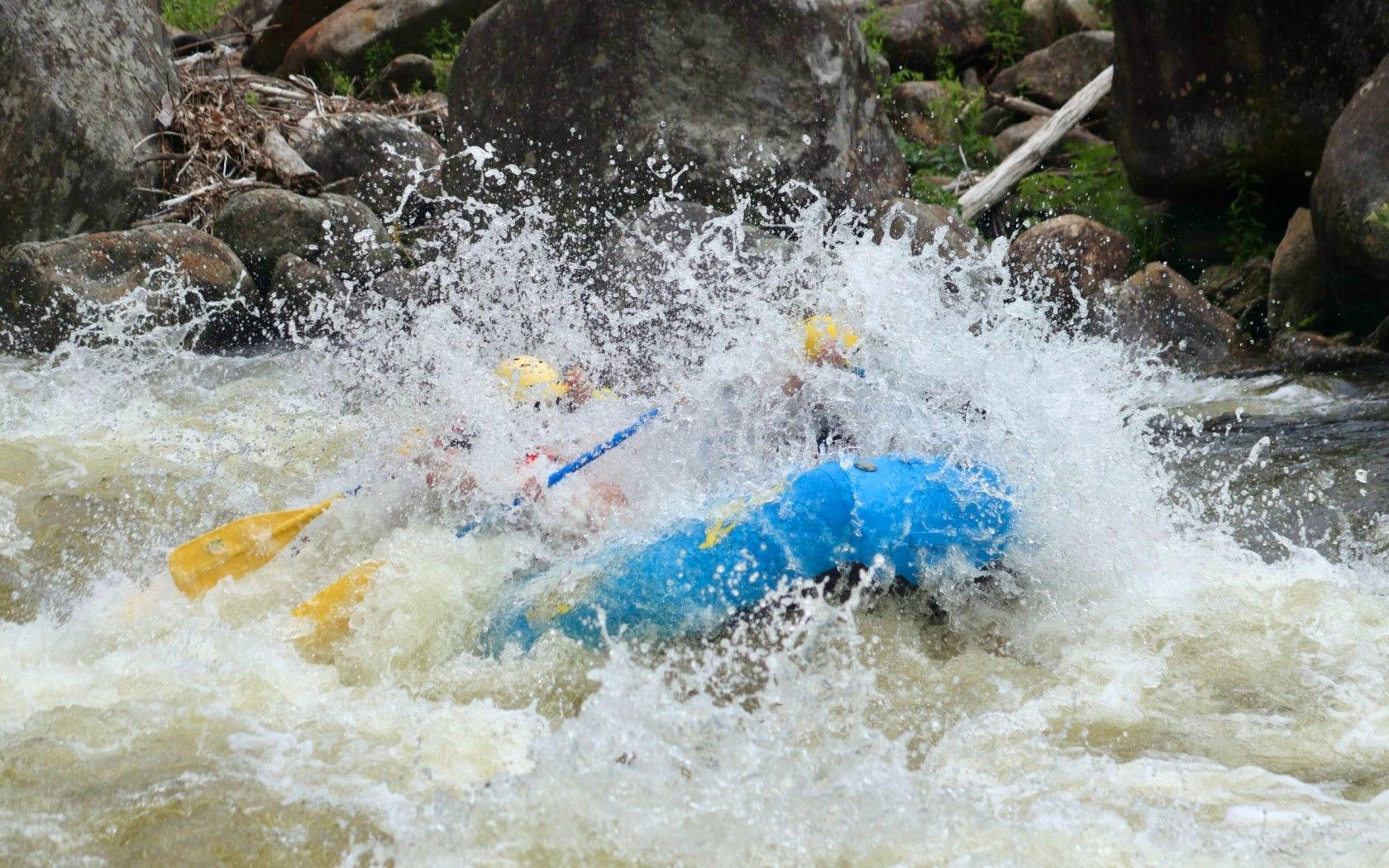Making Memorable Outdoor Experiences Since 1989
Celebrating 35 years of adventure in Charlemont, Massachusetts!
Zoar Outdoor offers whitewater rafting, guided kayaking, paddlesports clinics, and lodging for adventurers of all abilities!
Our exhilarating whitewater rafting and kayaking make for fun and memorable adventures. We strive to enhance the lives of our guests by creating the best human-powered outdoor adventures available.
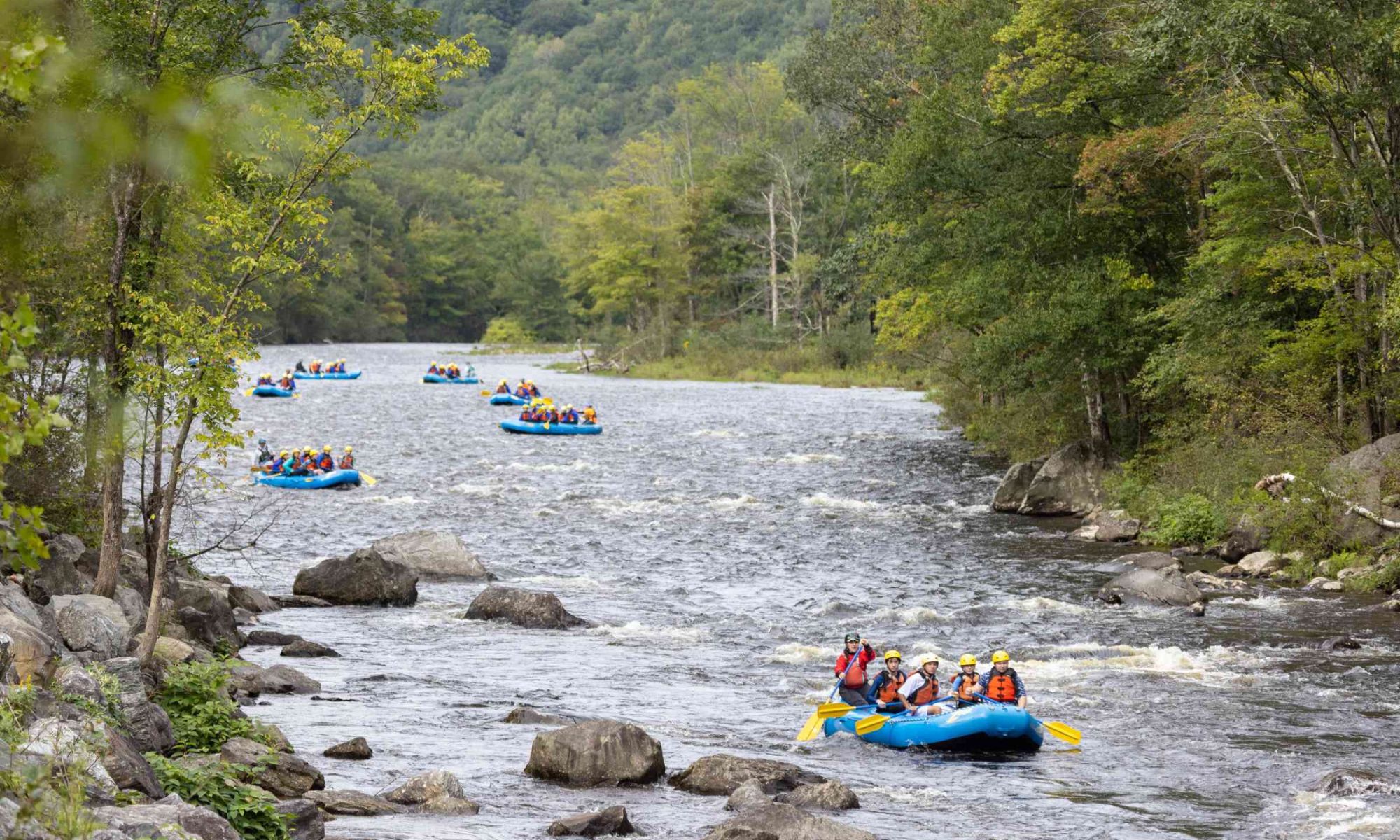
I had a great time white water rafting at Zoar Outdoor! It was well-organized and the guides were experienced and friendly. We had Brian as a guide and he was great! We did the Zoar gap trip this time, I would love to go back and do the dry run rapids next time. We also stayed at the Hawk Mountain lodge which was very convenient.
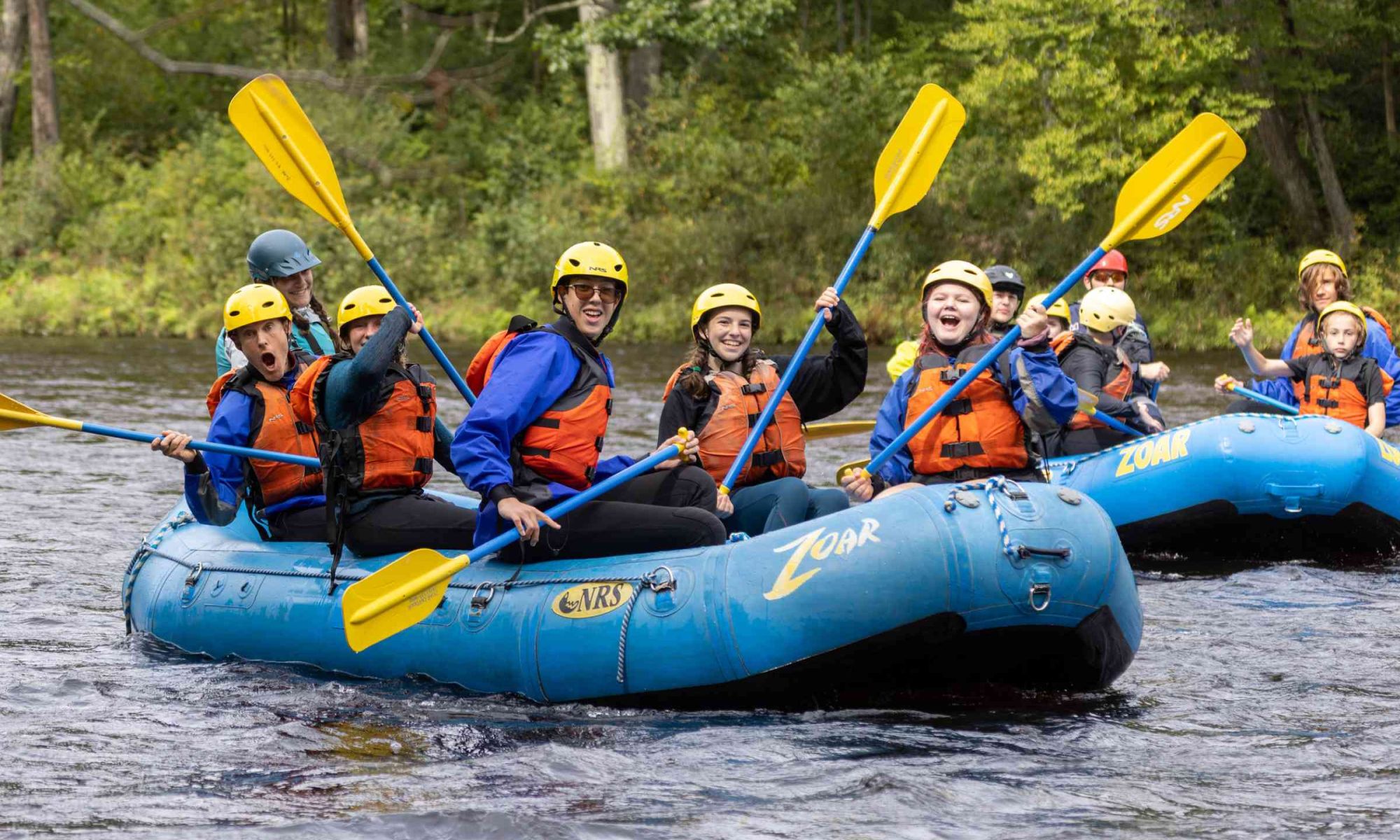
We had a great time on our trip - Muhammad, our guide, was very personable and knowledgeable of the river. We would definitely do it again!
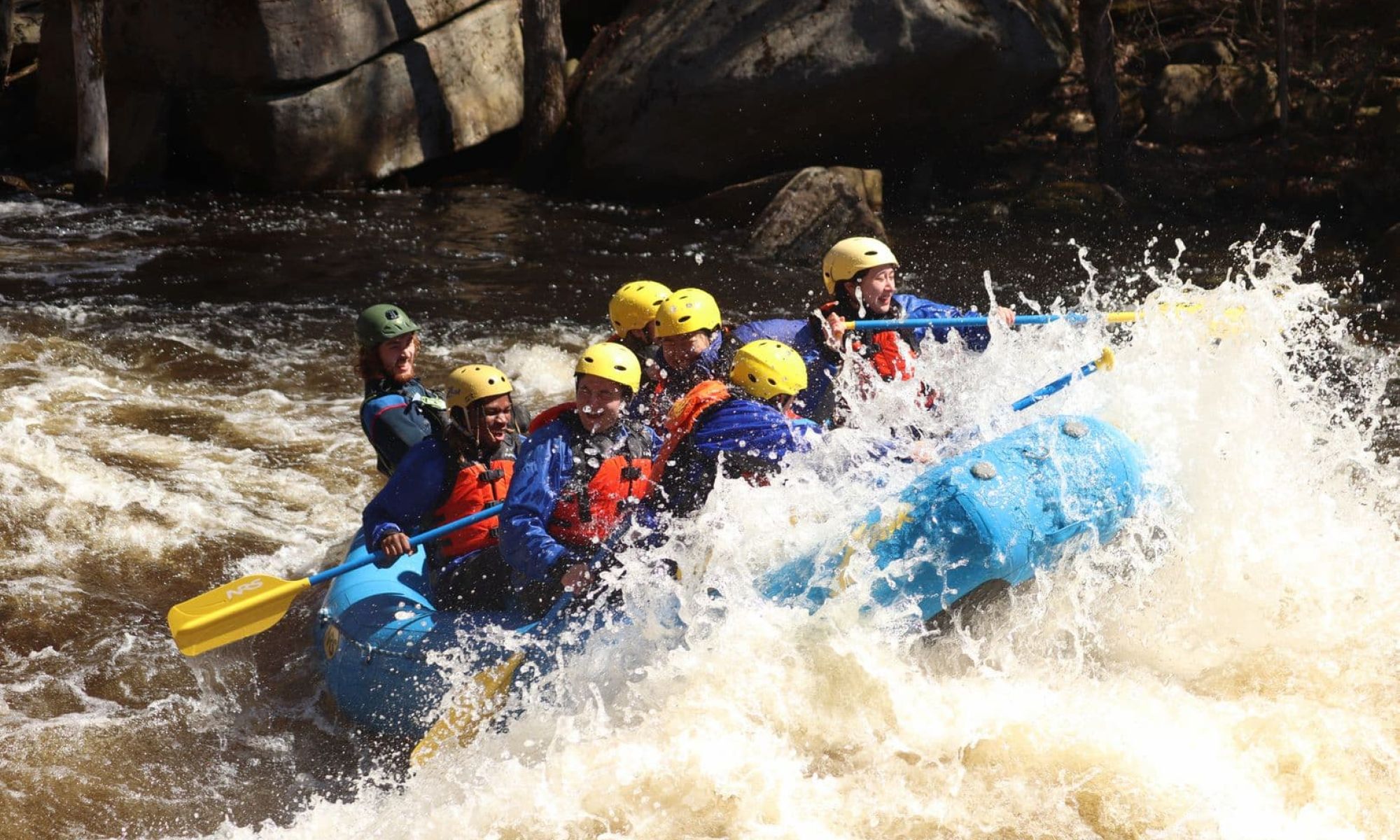
We had a blast. Our guide Randy was excellent. We will definitely go back. The pictures are awesome and well priced. The food was delicious for a picnic lunch.
